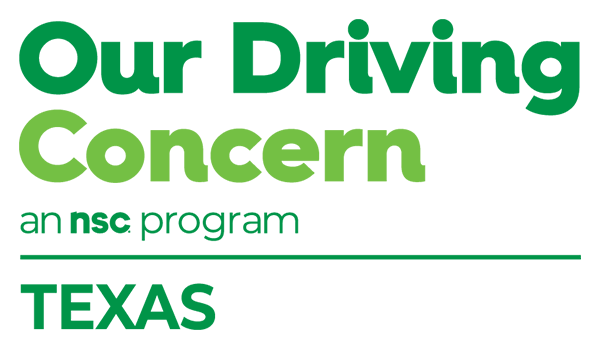Safety Coach
Dog Tired
When you have safety talks with employees about the risks of drowsy or fatigued driving, it is important to identify the warning signs of being too tired to drive or operate equipment and how to combat drowsiness.
An easy way to do that is with our free Safety Huddle. Ask employees to identify signs of being tired or drowsy while driving. Then, share these telltale signs of driver fatigue on your bulletin board or company’s intranet:
- Yawning frequently or experiencing difficulty keeping your eyes open
- Nodding off or having trouble keeping your head up – also known as the “head-bobbing”
- Driving at inconsistent speeds
- Missing road signs or turns
- Drifting out of your lane, hitting the rumble strips
- Blanking out and “forgetting” entire stretches of a trip
- Warning notifications being sent from your vehicle
Ask employees how many hours of sleep they think an adult should average. Adults need seven to nine hours of sleep to reach peak performance levels, yet research shows 30% report averaging less than six hours. In addition, according to the National Center of Sleep Disorders, 70 million Americans have sleep or wakefulness disorders, which not only affect an individual’s ability to drive, but also overall health and job performance.
Here are four ways to reduce incidents of drowsy driving:
- Get more sleep: Let employees know you care about work-life balance, and that includes a good night’s sleep. Create engagement with a spreadsheet to track sleep, and have employees compare their sheets.
- Provide education about crash-avoidance technologies: Many vehicles today come equipped with drowsiness alert and lane departure warnings that can assist drivers.
- Talk about side effects: Many over-the-counter and prescription medications can cause drowsiness, and warning labels are not always clear. Remind employees to consult with their doctor or pharmacist before getting behind the wheel.
- Review benefits during your next enrollment period: Does your safety and health program offer tools and resources that address sleep habits and sleep disorders? Do your employees understand these benefits?
Drowsy driving is comparable to driving under the influence of alcohol. In both instances, drivers are unable to concentrate or react on a moment’s notice. They are putting themselves and others at risk.
Whether your employees drive for a living or are heading out on a road trip with the family, you can help create a safer environment for them.
Tailgate Talk
Bite of Safety
This time of year employees are spending more time outdoors. So, as we think about promoting driver and transportation safety, think about safety on and off the job. That means providing tips to stay safe while driving, boating, biking, walking and participating in upcoming Fourth of July celebrations. The goal is a 24-7 safety focus and not just 8 to 5.
You might be surprised to learn many employees are thinking about off-the-job safety or family members while in a safety meeting. When we have provided training at an employer’s location, those attending have asked if they can use the materials with family members or in their community.
You’ll want to encourage everyone to have fun – and be safe – as they return to a more normal, post-pandemic lifestyle this summer. One way to do that is to provide safety reminders and additional training to address impaired driving. Alcohol and drug misuse cost employers big bucks, and research indicates:
- Alcohol is a contributing factor in 39% of all work-related traffic crashes
- 3 in 10 Americans will be involved in an alcohol-related crash during their lifetime
Alcohol is not the only thing that can lead to impairment behind the wheel. Illicit drugs, prescription drugs and over-the-counter medications also can affect a driver’s judgment, vision and reflexes. All these bodily functions are needed for safe driving.
Safe driving is the result of making safe choices. We know that workplace training around the 4 Ds – distracted, drowsy, drunk and drugged driving – can have a cascading effect. Many of your employees will carry home what they learn at work and pass on safety message to their loved ones.
Use these free resources to steer your employees down the path toward safety:
- Impaired Driving Micro-learning: Other than alcohol, what can cause impaired driving? After drinking, how long does it take for an individual’s blood-alcohol level to return to zero? To get the answers, show your employees how to register for this 7-minute course. It’s free.
- Traffic Safety Huddle: Use our free Impaired Driving safety talk. Create real-life scenarios to generate engagement: While out, the designated driver decides to have a few drinks. Now, it’s time to go home. What choices do you have?
Engagement is important in learning. Share this insightful quote from Albert Einstein: “Tell me and I’ll forget, show me and I may remember, involve me and I’ll learn.”
Keep in mind: You do not have to serve alcohol at company parties or in-home events to have fun this summer. Serve mocktails instead. Get recipes to make mocktails:
Let’s have a blast with safety!


